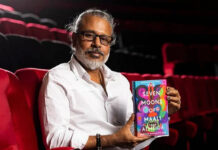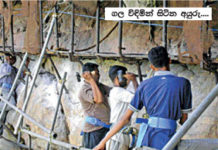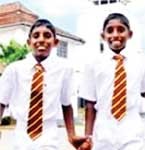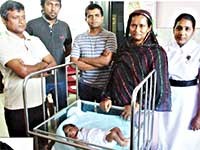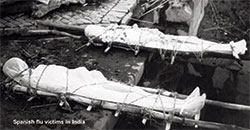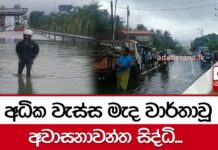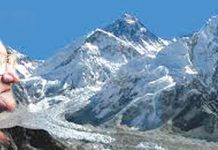Two very interesting research papers by C. M Langford and P. Storey (1992) and Siddharth Chandra and Dilshani Sarathchandra (2014) documents how the H1N1 pandemic of 1918-1919 affected Sri Lanka (then Ceylon).
Making its entry, in June 1918, via the Colombo and Talaimannar ports, it wreaked havoc throughout the island, until early 1919. As it was evident elsewhere around the world, three waves were unleashed. A mild wave in June, followed by a virulent second wave, in October, which brought about fatal pneumonic complications. Women seemed to have suffered more than men, and young adults. The third wave occurred, in early 1919, but had a lesser impact.
Langford and Storey estimates that 51,000 people died in Ceylon (1.1 percent of the population) while Chandra and Sarathchandra estimates 307,000 died (6.7 percent of the population). Both papers publish extensive data to validate their figures. The population during that period was 4.5 million. It is also estimated that 20 million died in India, of this flu.
While the figure arrived at by Langford and Storey coincides with the Census of Ceylon of 1918-1919, Chandra and Sarathchandra give important reasons why there is a need to revise those estimates to 307,000 deaths.
Both of these research papers will give readers great insights into how this pandemic affected the country, 100 years ago. Another important observation is that the pandemic fizzled out in 1919 and no vaccine seemed to have been necessary.
Why was this called the Spanish Flu? “The Spanish Flu did not originate in Spain, though news coverage of it did. During World War I, Spain was a neutral country, with a free media that covered the outbreak from the start, first reporting on it in Madrid, in late May of 1918. Meanwhile, Allied countries and the Central Powers had wartime censors who covered up news of the flu to keep morale high. Because Spanish news sources were the only ones reporting on the flu, many believed it originated there.” So since nations undergoing a media blackout could only read in depth accounts from Spanish news sources, they naturally assumed that the country was the pandemic’s ground zero.
Jomo Uduman
Etul-Kotte
The Island

